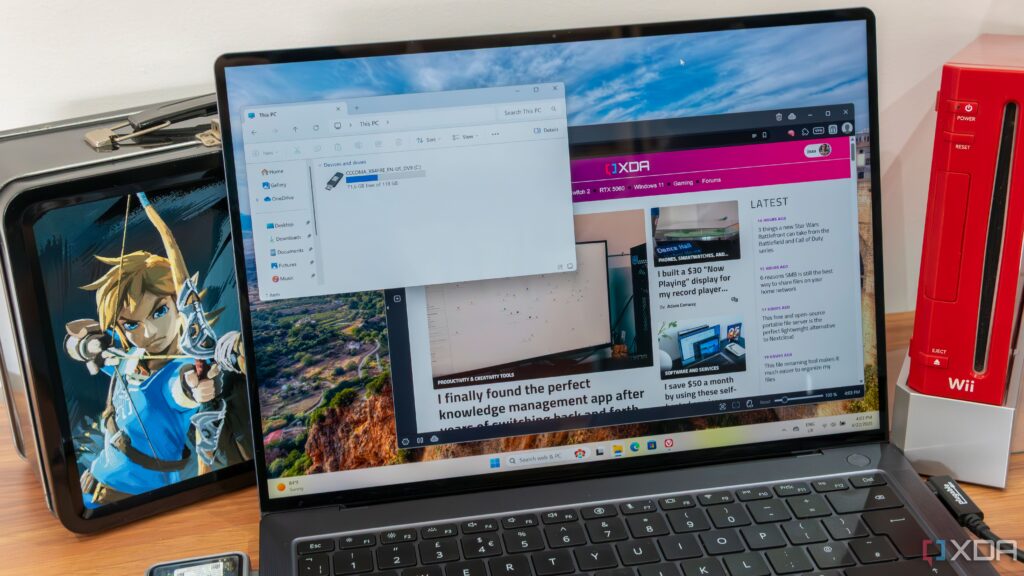
UPDATE: Tech enthusiasts can now create a portable installation of Windows 11 on an external SSD using the popular tool, Rufus. This method allows users to boot directly from a USB drive, offering a flexible computing solution for those who need a personalized Windows experience on the go.
With the discontinuation of Microsoft’s official Windows To Go feature in 2020, many users were left searching for alternatives. However, thanks to Rufus, users can still achieve a similar setup. The process is straightforward and can be completed in just a few steps, making it accessible to anyone looking to leverage public PCs without compromising on personal preferences.
To get started, download the official Windows 11 ISO file. Instead of using Microsoft’s Media Creation Tool, open Rufus and select the ISO along with your intended USB drive. Then, adjust the settings by choosing the “Windows To Go” option from the Image dropdown menu. After that, hit START and follow the prompts to create your portable installation.
The minimum recommended storage for this setup is a 64GB USB drive. However, for optimal performance, a larger and faster drive, such as a 128GB SSD, is advised. Users have reported smoother operations and quicker boot times when using higher-capacity drives.
While many have successfully installed Windows 11 using this method, it’s important to note that not all computers will support the setup seamlessly. Testing on devices like the Huawei MateBook X Pro and the Asus Zenbook 14 OLED revealed some initial boot issues, including black screens and loading errors. Users should be prepared for potential driver compatibility challenges, particularly when switching between different hardware configurations.
Despite these hurdles, the benefits of having a portable Windows installation are significant. Users can carry their entire computing environment—applications, settings, and files—on a single drive, ensuring a consistent experience across various devices. This is especially useful in public spaces like libraries, where users often face restrictions on software installations.
Once set up, Windows 11 runs efficiently on compatible hardware, allowing users to install their favorite applications directly onto the USB drive. This portability, however, comes with a caveat: since this isn’t an officially supported Microsoft solution, future updates may impact performance or compatibility.
For those eager to try this innovative setup, the time to act is now. With the ability to personalize your Windows experience and carry it wherever you go, this method is a game-changer for tech-savvy users. If you’re looking to break free from the limitations of public PCs, consider giving this portable Windows installation a shot—your customized computing experience is just a few steps away!
Stay tuned for further updates as users continue to explore this new method.





